- Johnson Controls
- Building Insights
- Are your facilities SMART READY?
Are your facilities SMART READY? Ten criteria to help assess systems integration capabilities
The criteria can help assess existing systems and their capability to provide smart building functionality.

 By Clay Nesler, Vice President, Global Sustainability and Regulatory Affairs, Johnson Controls
By Clay Nesler, Vice President, Global Sustainability and Regulatory Affairs, Johnson Controls
Today’s facility executives face many challenges including limited budgets, emerging climate risks, increasing regulations and growing security concerns. Building occupants are demanding comfortable, safe and healthy environments that adjust to their individual needs. Organization leaders want efficient, sustainable and productive facilities that support their organization’s mission. Smart buildings provide a proven approach to address all of these needs through the implementation of data-integrated building systems technology.
Data-Integrated Building Systems
Data-integrated building systems improve building performance by providing advanced sensing, monitoring and controls through the automated exchange of data from building automation, energy management, lighting, security, life safety and other connected systems, equipment and devices. Common smart building applications include fault detection and diagnostics, on-going system commissioning, building energy optimization, indoor environmental management and occupant-based control. Smart buildings can also communicate and coordinate control with on-site distributed energy resources, such as solar PV, energy storage and electric vehicle charging stations, as well as services electric grid.
According to a recent Johnson Controls EEI Study, the percentage of U.S. organizations planning to invest in building systems integration is expected to increase by 23% in 2019. In 2018, the most popular building system integration investments were fire/life safety (61%), security (59%), building management (43%), lighting (39%) and smart HVAC equipment (38%). Building controls improvements were the top priority with 74% of organizations planning to invest. Finally, the technologies predicted to have the greatest impact on the implementation of smart buildings over the next ten years were cybersecurity, systems integration and data analytics.
Based on industry research and market trends, a set of ten criteria have been defined which can be used to evaluate the ability for individual building systems to provide smart, connected functionality through systems integration, data analysis and control.
Criteria for Assessing Smart Buildings
Based on industry research and market trends, a set of ten criteria have been defined which can be used to evaluate the ability for individual building systems to provide smart, connected functionality through systems integration, data analysis and control. These criteria can be applied to existing systems to assess their potential capability to provide smart building functionality as well as assess the current level of implementation. The criteria can also be used to evaluate new systems or potential system upgrades based on their future ability to provide smart building functionality.
Ten criteria to consider when performing systems assessments
Standards – Systems use proven industry standards for systems interoperability, data management and communications.
Mobile – Systems support role-based, secure user access to building systems via mobile devices and applications.
Automation – Systems support cross-system event notification, automatic system interlocking and integrated control sequences.
Reliability – Systems are designed for highly reliable operation and rapid repair of hardware, software, communications and data security components.
Technology – Systems are built upon an open architecture which supports integration of emerging technologies such as advanced sensors, Internet-of-Things (IoT) devices and augmented user interfaces.
Remote – Systems securely provide remote data access to building system users, building operators, government agencies and service providers.
Expandability – Systems are easily expanded from a hardware, software, communications, data and security perspective.
Applications – Systems are built upon an open architecture that supports vendor-specific, vendor-certified and third-party on-premises and cloud-based applications.
Data – Analytics Systems support data storage, analysis and visualization as well as future machine learning and artificial intelligence applications.
cYbersecurity – Systems support robust cybersecurity measures including user access, anti-virus software, data encryption and network isolation.
Applying the Criteria to Building Systems
Each of these criteria can be rated from no capability (zero points) to full capability (five points) for each assessed system and plotted on a spider or radar chart. A separate assessment of the implementation level of each criteria from no implementation (zero points) to full implementation (five points) can be added to the chart showing both the level of system capability (i.e., smart readiness) and the level of implementation (i.e., smart functionality).
Finally, creating a table showing the capability and implementation scores for each criteria matrixed against each assessed building system can be a useful tool for not only assessing how SMART READY your facilities currently are, but for planning future system installations, upgrades, expansions and replacements.
Smart Ready versus Smart Now?
Unless a building is being built from scratch and has an unlimited budget, strategic choices will have to be made regarding smart building functionality based on the specific mission, priorities and financial resources of the organization. Even new buildings will have installed systems that need to be updated over time to implement the latest technologies and provide greater performance.
In these real-life situations, not all criteria are equal in weight. Specifying and implementing an open, standards-based technology architecture is likely a no regrets strategy regardless of organization or facility type. Similarly, compromising on cybersecurity would likely be a poor decision given the increasing awareness of the risks to facilities and organizations. Other criteria, such expandability and reliability, might be weighted differently based on facility type while others, such as automation and data analytics, could be prioritized differently by different types of organizations.
A final word of advice in applying the SMART READY criteria is to use them as a guide to help you ask the right questions of your building system designers, consultants, contractors, integrators and vendors to assure that whatever building systems you install will meet your organization’s current and future requirements by being SMART READY and cost-effectively incorporating new smart building technologies as they become available and affordable.
Related Items
Systems Integration
Johnson Controls offers innovative and affordable systems integration services to achieve smarter, more optimized, and energy-efficient buildings.





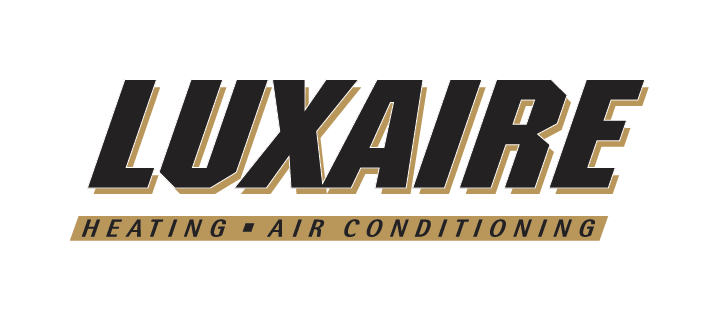




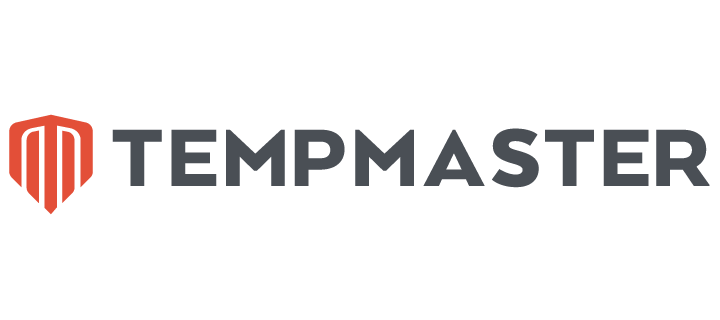

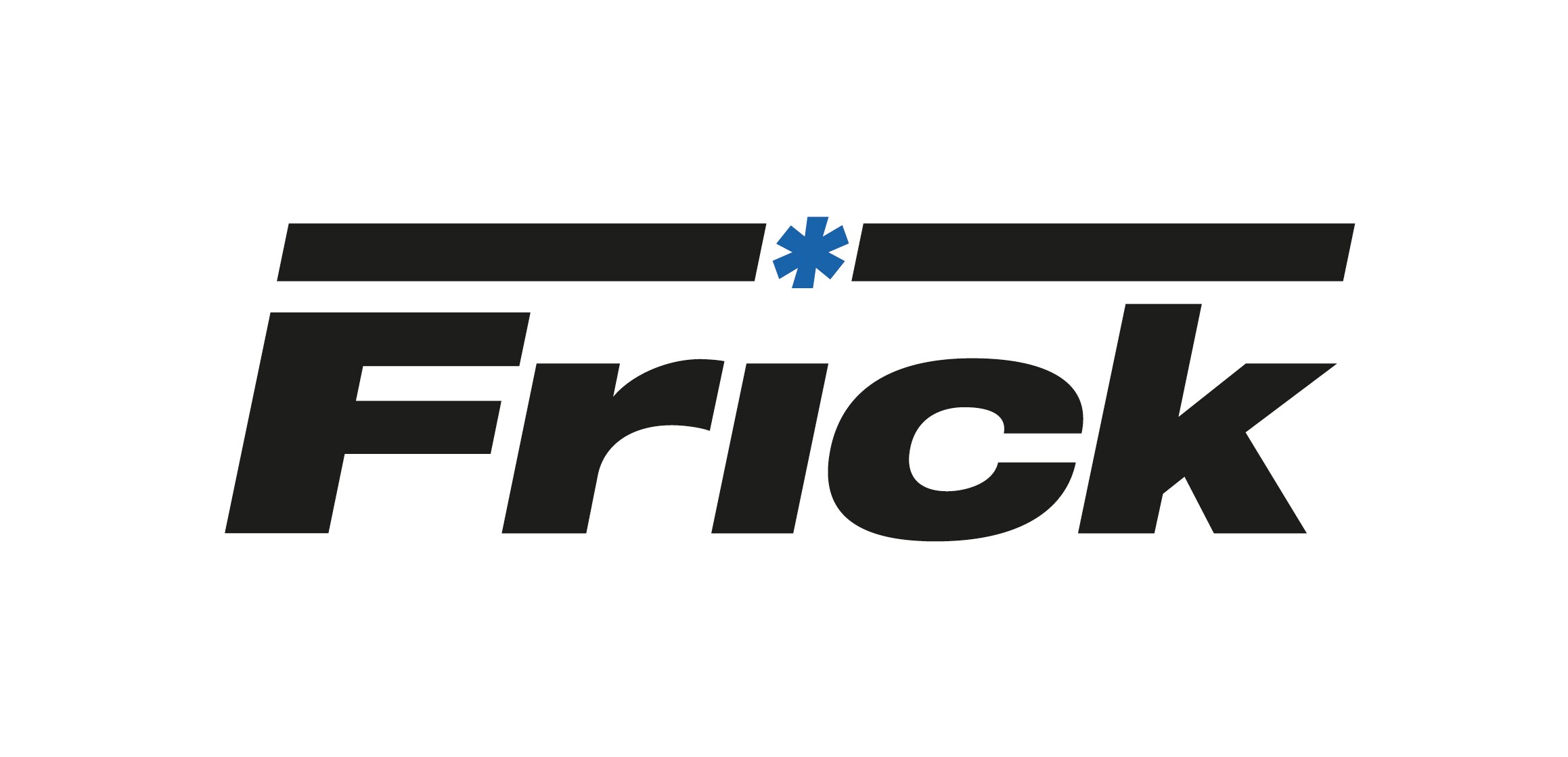
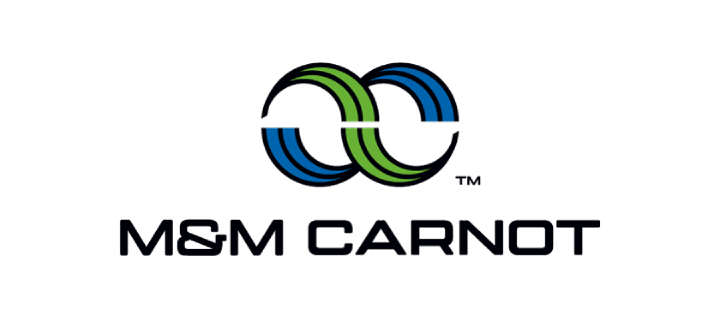


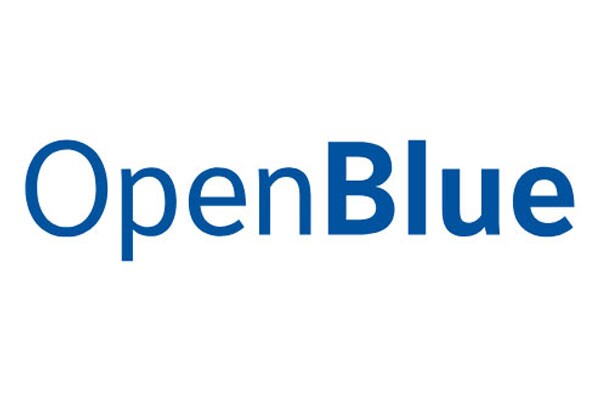
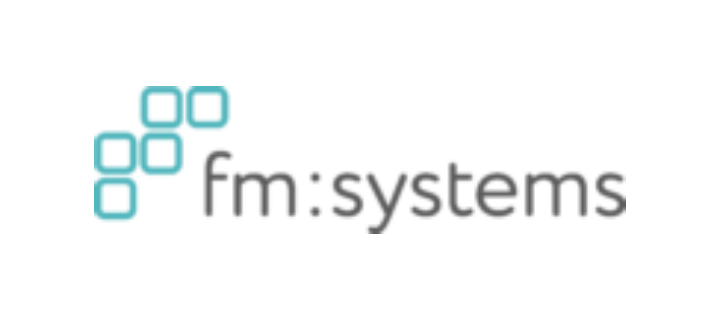



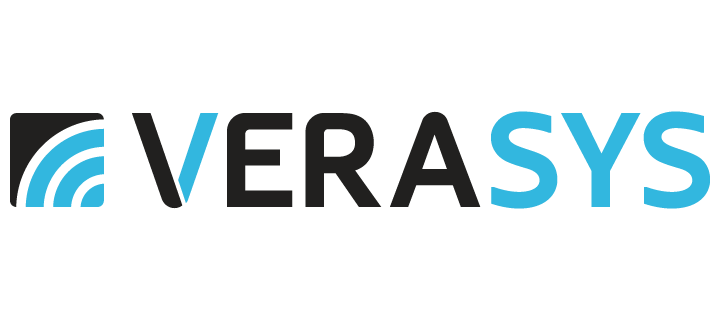
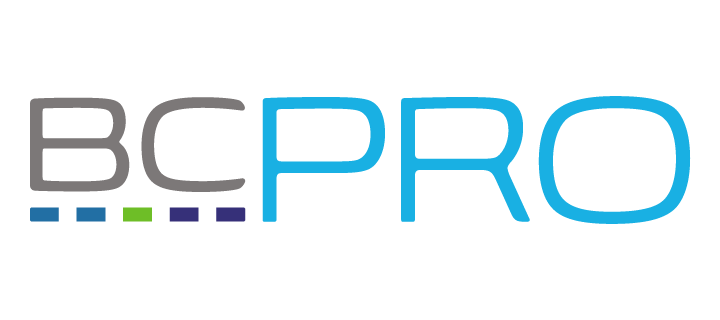


.jpg?la=en&h=320&w=720&hash=244C75B74F0F77521D56164450973BCD)


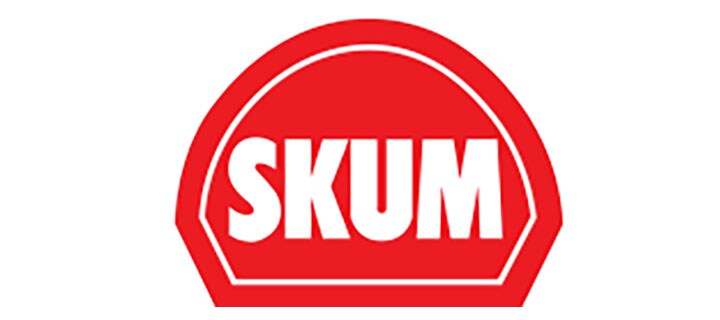


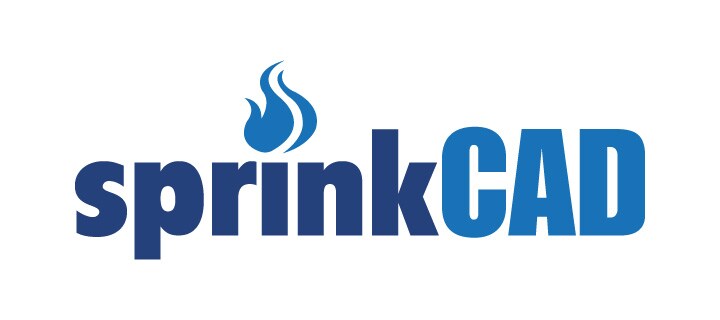
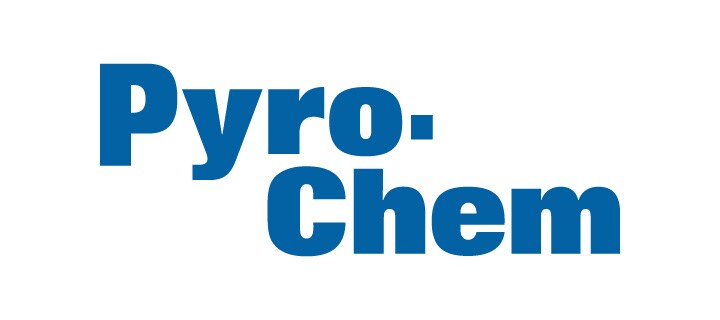











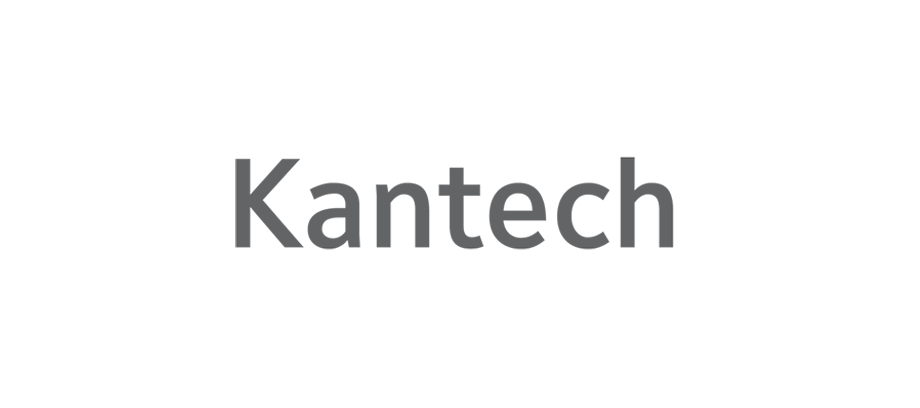

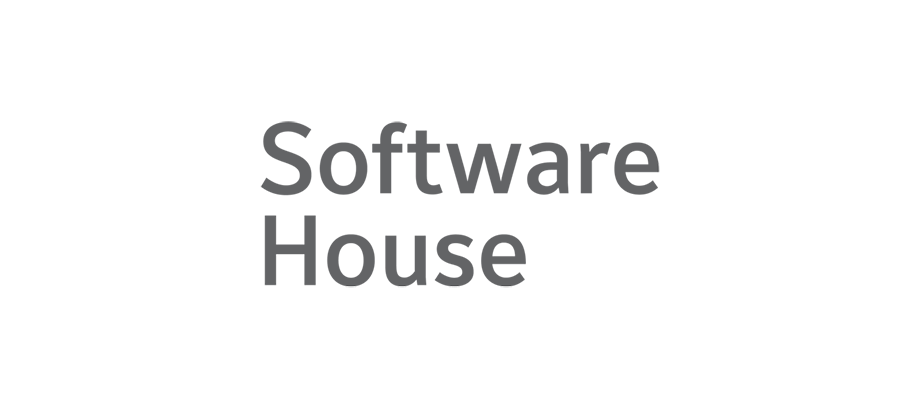

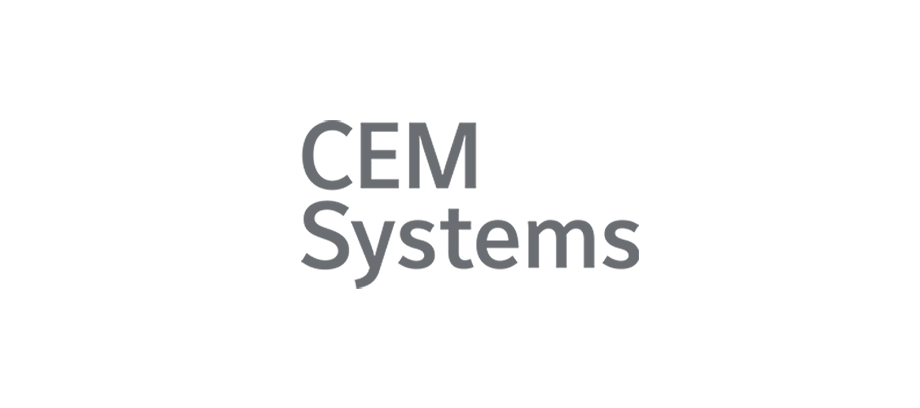




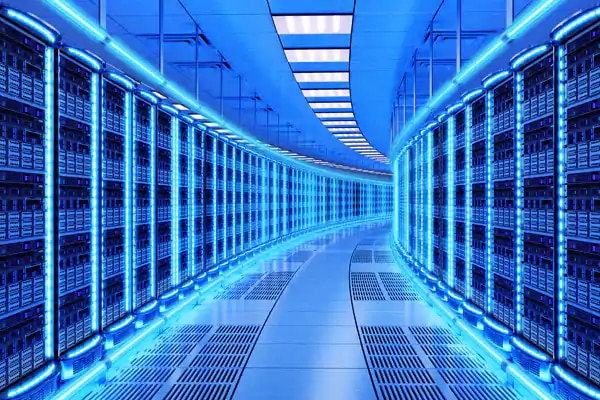

.png)









